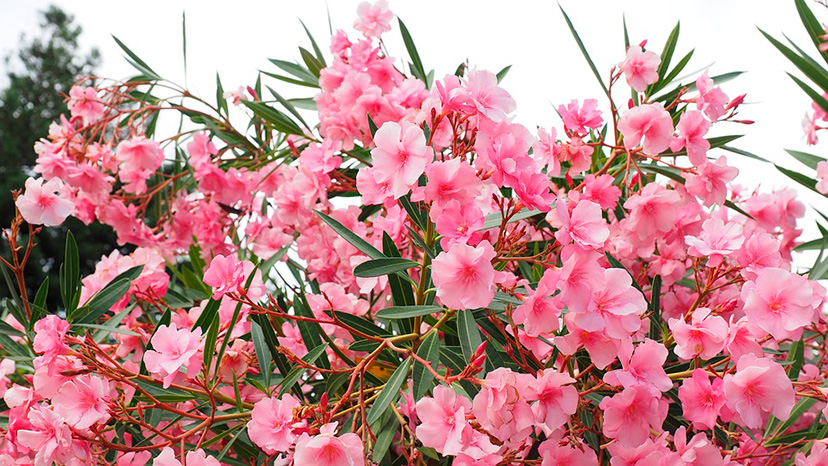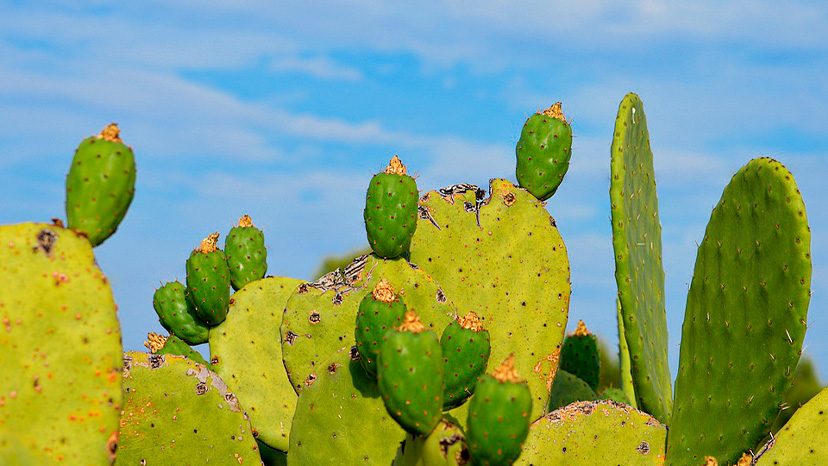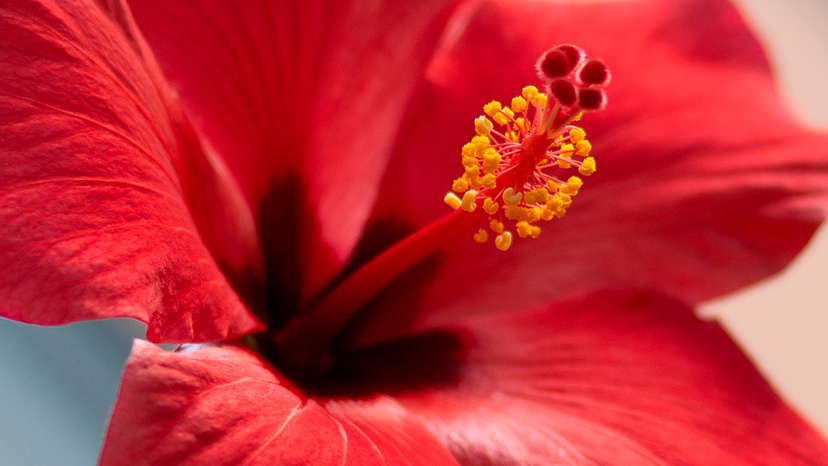In addition to the idyllic beaches with their crystal clear waters, natural parks and its astonishing underwater world, Ibiza’s natural surroundings offer visitors the opportunity to enjoy a unique range of colours, thanks to its local flora brimming with bougainvillea, hibiscus and statice. These plants inspire and fill gardens, windows, balconies and clifftops with radiant colour, making this corner of the Mediterranean one huge open-air canvas of blooms.
While its wealth of history and culture is well-known, nature in the white island also continues to be one of its most valuable assets. A stroll through the fields, or a drive or bike ride along its roads provides pure visual poetry.
It is no accident that the Greeks named the islands the Pityuses (abundant pine forest in Greek) due to the extensive green woods that cover these lands.
However, this vast plant wealth is not confined to the immensity of that evergreen tree, or to the legendary carobs, fig and almond trees that populate the island countryside. The Pla de Corona valley near Santa Agnes is a vivid picture in February with its white and pink almond blossom. Stopping on your way along the path that looks out onto the magical island of Es Vedrà, relaxing in the garden of a patio in Sant Carles de Peralta, or wandering around Dalt Vila, presents the visitor with a scenario of bright colours ranging from purple to magenta, taking in golden tones and an exotic variety of fuchsia pinks along the way. All thanks to the ornamental plants that fill the windows, balconies, gardens and fairy-tale narrow streets with a riot of colour. One of the most colourful plants that since time immemorial has featured prominently in these displays is bougainvillea. Could anything better convey the idea of Ibiza than one of these climbing plants gracing the doorway of a typical country home? It is everywhere you look in every shape and form.
From July to September, it is common to see these plants drooping like long hair over whitewashed walls, climbing over a pergola in gardens, or decorating the dazzling white walls of the old town. Although it is usually planted directly into the soil it is also commonly used in flowerpots and tubs on the balconies and terraces overlooking the sea. A magnificent multicolour display, inviting you to recalibrate, and view life with new eyes.
Equally striking are the hibiscus bushes, commonly known as Rose of China and considered to be one of the island’s most charming plants. The reason for the popularity of this plant is its majestic bloom with its huge petals, and it can be found in the Ibizan fields almost all year round. The flowers solemnly grace the roadsides, providing a burst of colour that makes it almost hard to believe your eyes.
Grown to conquer the landscape with its all-enveloping vistas of blooms, the oleander brings to mind the fact that although the island is constantly reinventing itself, it nevertheless remains faithful to its origins and local species. From white to pink, this beautiful flower is scattered over gardens, spreading along riverbanks and the least accessible areas of the coastline. Its bright green leaves, flowers, shoots branches and seeds are all highly poisonous, a fact which visitors should remember when approaching the plant to admire its beauty.
As for purple flowers, so many parts of the island are tinted with this striking colour, thanks to an abundance of statice flowers, commonly known as wavyleaf sea lavender, everlasting flower or paper flower, due to its extreme delicacy. Just looking at these flowers, it is easy to see how you can fall in love with this perennial, admiring it, as covered in salt from your swim, you enjoy a beautiful sunset, while you listen to the waves crashing against the rocks.
Another dream, albeit a real one this time, is the evocative image of the prickly pear year on year. Those fields, where this Mexican native plant abounds, imprint the white of its flowers on your retina, blooming only once a year. No traditional country house is complete without a prickly pear on its land as it was formerly used as natural fencing and also as a bathroom.
When the harsh reality of life turns us back into city dwellers, all we have to do is recall those snapshots of plant life, filled with vibrancy and colour, which for many are only matched by the magical and almost unreal blue of the island’s waters.


